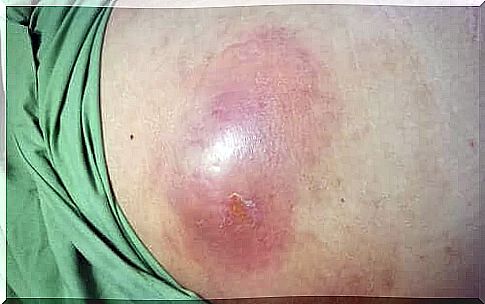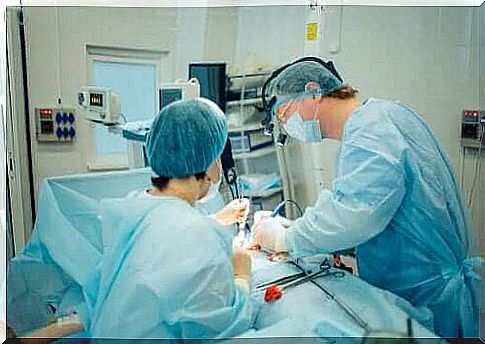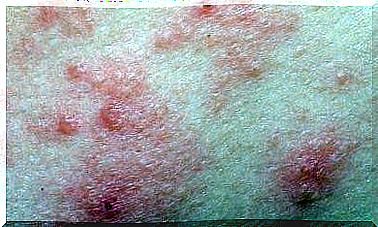What Are Intra-abdominal Abscesses?

Intra-abdominal abscesses are accumulations of pus, which are located in the abdominal cavity. They can be located anywhere in the abdomen. They mainly arise after surgery, trauma or diseases that cause an infection or swelling of the abdomen, especially peritonitis.
Causes of intra-abdominal abscesses
Some causes of intra-abdominal abscesses can include:
- infections caused by the inflammation of organs, such as the gallbladder or cecum
- a stomach and intestinal perforation
- severe abdominal trauma
- postoperative abdominal surgery infections
Symptoms
The most common symptoms of intra-abdominal abscesses include:
- general malaise
- fever
- stomach ache
A doctor performing a physical exam may also sometimes feel lumps in the abdomen.
Intra-abdominal abscesses can develop within a week of a stomach or peritonitis. However, postoperative abscesses may not appear until two to three weeks after surgery, and in some cases even several months later.
Although symptoms vary, most abscesses cause fever and abdominal pain. The symptoms can be mild or severe. Nausea, causing loss of appetite and weight loss are common. However, other abscesses can cause diarrhea, if they are located in Douglas’ cavity, for example.
If the abscess is near the bladder, it can cause you to constantly feel like you need to urinate. Subphrenic abscesses lie below the diaphragm and can also cause chest symptoms such as:
- dry cough
- chestpain
- shortness of breath
Usually the place where the abscess is located is sensitive to touch or pressure. Large abscesses may feel like lumps.

Types of Intra-abdominal Abscesses
Intra-abdominal abscesses are classified as follows:
- intraperitoneal
- retroperitoneal
- visceral
Many intra-abdominal abscesses develop after stomach or colon cancer. Others arise from the spread of infection or secondary inflammation due to conditions such as:
- appendicitis
- diverticulitis
- Crohn’s disease
- pancreatitis
- pelvic inflammatory disease
- any other condition that causes generalized peritonitis
Abdominal surgery, especially a form that affects the digestive system, is another major risk factor. The peritoneum can become infected during or after surgery.
Intra-abdominal abscesses that are not drained can damage adjacent structures and vessels, leading to bleeding or thrombosis. They can also break into the gut or peritoneum and even form a cutaneous or genitourinary fistula. However, an abscess located low in the abdomen may descend to the thigh.
Diagnosis
Medical experts typically resort to computed tomography for diagnosis. This technique allows them to quickly choose the best way to drain and treat the infection.
Magnetic Resonance Imaging (MRI) is another very accurate test performed in certain situations. There are other simpler tests, such as abdominal ultrasound. However, the quality of the images is not as good as that of an MRI.

Therapy
Treatment consists of antibiotics and percutaneous or surgical drainage. Nearly all intra-abdominal abscesses must be drained, sometimes through surgery, or else through percutaneous catheters.
Medical experts can drain the abscess through the skin through percutaneous drainage, guided by imaging techniques such as ultrasound. In severe cases, surgical drainage may be required, requiring surgery in an operating room.
Drainage through catheters may be necessary when the abscess cavities are large and the drain does not pass through uninfected organs. In addition, drainage with catheters can be used when the origin of the infection is under control and the pus is liquid enough to flow through the catheter.
In addition, antibiotics can limit the spread of the infection through the blood. These must then be administered before and after the procedure. Treatment often requires drugs that promote healing of the intestinal flora, such as gentamicin and metronidazole.









